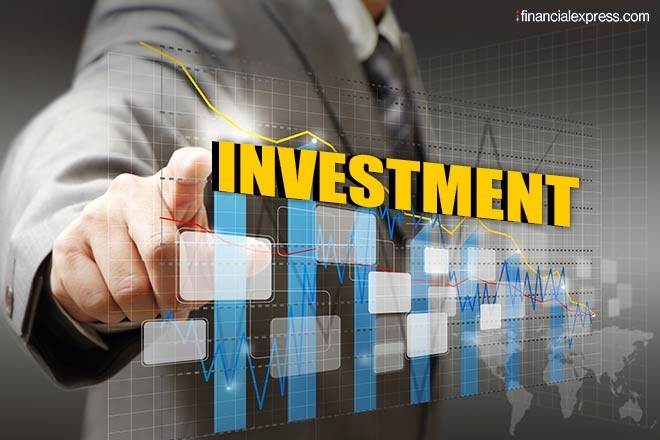By Rohit Chawdhry
In a recent insightful article in Business Standard entitled “The Budget, the Survey and the trilemma” (https://bit.ly/2Yva1ri) the author, Sajjid Chinoy, discusses the challenges facing the Indian economy. The author examines the investment-led model as the key driver for a sustained 8% growth. Furthermore, he highlights that export growth remains a key determinant of investment rate and cites the 2001-2006 period as an evidence. That is, the causation runs from exports to investments rate. Finally, he concludes by emphasising that the over/under valuation of real exchange rate is a key determinant for export growth. Hence, rupee depreciation should not be resisted as an under-valued exchange rate implies higher export, which thrusts up investment rate and, hence, overall GDP growth.
Empirically, the argument for an 8% growth, led by an investment growth, remains unquestioned. However, it is the determinant of investment rate which requires further analysis. Examination of two periods for India, 2001 to 2006 and 2012 to 2015, provides some observations. In the first period, exports’ y-o-y growth averaged 20% (world exports averaged 25%); investment rate averaged 28%. In the second period, Indian export growth was flat to negative (and so was world export growth) while the investment rate was over 32%. Clearly, exports being a key determinant of investment rate cannot be comprehensively established. So what determines investment rate, then?
A regression between Indian investment rate and real interest rate (independent variable), provides an R2 of over 0.5 with a negative relationship in the period from 2002 to 2018. Admittedly, it is a small sample, but it still provides some insights. Stated differently, higher real interest rate hurts investment rate. A simpler way to explain this is as follows. Low real interest rates make it easier for corporate houses to borrow and invest. Higher investment rate encourages economies of scale, which provides cost advantage. Better cost structure make exports more competitive (along with, if possible, a competitive exchange rate), which is a critical ingredient in achieving high economic growth. Hence, the causation runs from investment rate to exports, and not the other way around. Business confidence is another determinant of investment to GDP ratio.
In a world where world trade is undergoing a recession because of protectionist measures, it is extremely challenging to propel one’s exports via old-fashioned mercantilist policies of the eighties and nineties, without inviting higher tariffs on our exports. The way countries are now looking to stimulate their economies and investment rate is via lower effective corporate tax rates coupled with lower interest rates. For example, most major economies have seen a decline in their effective corporate tax rates from 40% in the 1990s to around 27% in 2018. With Indian corporate profits to GDP ratio for Nifty 500 companies having halved from its peak in 2008, it may be time to realign our corporate tax rates with the world, for all firms. Also, with ongoing convergence of Indian inflation with the global levels, Indian real interest rates cannot stay elevated for long, i.e., interest rates have to come down meaningfully, especially in the current deflationary environment. 25% of all global sovereign bonds offering negative yields is a pointer towards deflationary pressures. A combination of both measures—interest rate and tax rate—will likely yield the results for the policy makers.
(The author is investment professional rchawdhry@gmail.com Views are personal)

